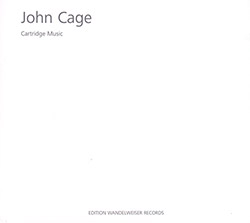
A 2003 recording from The Ensemble Daswirdas performing John Cage's 1960 composition "Cartridge Music", described as: "For amplified small sounds; also amplified piano or cymbal; any number of players and loudspeakers; parts to be prepared from score by performers."
In Stock
Quantity in Basket: None
Log In to use our Wish List
Shipping Weight: 3.00 units
EU & UK Customers:
Discogs.com can handle your VAT payments
So please order through Discogs
Sample The Album:
John Cage-composer
Ensemble Daswirdas-ensemble
Click an artist name above to see in-stock items for that artist.
UPC: 4011778041375
Label: Edition Wandelweiser Records
Catalog ID: EWR 0406
Squidco Product Code: 23045
Format: CD
Condition: New
Released: 2004
Country: Germany
Packaging: Cardstock 3 page foldover
Recorded at Ottikon, on May 1st, 2003, by Christoph Reller.
"Cartridge Music is for amplified "small sounds"; any number of players and loudspeakers; parts to be prepared from score by performers. Readings are taken which are useful in performance, enabling one to go about his business of making sounds. A cartridge is an ordinary phonograph pick-up in which customarily a playing needle is inserted. This is a composition indeterminate of its performance, and the performance is of actions which are often indeterminate of themselves. The sounds which result are noises, some complex, others extremely simple. All sounds, even those ordinarily thought to be undesirable, are accepted in this music."-Edition Wandelweiser Records
"John Cage: Cartridge Music
Date: Composed in 1960. Premiered in Bremen, September 15, 1960.
Ensemble Type
Variable
Instrumentation
For amplified small sounds; also amplified piano or cymbal; any number of players and loudspeakers; parts to be prepared from score by performers.
Comments
This work was later used as music for the choreographed piece by Merce Cunningham entitled Changing Steps, with stage and costume design by Charles Atlas (from 1973, Mark Lancaster); still later, it was used for the choreographed pieces by Cunningham entitled Exercise Piece II and Exercise Piece III. The word 'Cartridge' in the title refers to the cartridge of phonographic pick-ups, into the aperture of which is fitted a needle. In Cartridge Music, the performer is instructed to insert all manner of unspecified small objects into the cartridge; prior performances have involved such items as pipe cleaners, matches, feathers, wires, etc. Furniture may be used as well, amplified via contact microphones. All sounds are to be amplified and are controlled by the performer(s). The number of performers should be at least that of the cartridges, but not greater than twice the number of cartridges. Each performer makes his or her own part from the materials provided: 20 numbered sheets with irregular shapes (the number of shapes corresponding to the number of the sheet) and 4 transparencies, one with points, one with circles, another with a circle marked like a stopwatch, and the last with a dotted curving line, with a circle at one end. These transparencies are to be superimposed on one of the 20 sheets, in order to create a constellation from which one creates one's part. It is also possible to create other pieces from these materials, such as Duet for Cymbal or a Piano Duet. Cage also used Cartridge Music as a means to compose several of his lectures, including "Where Are We Going? And What Are We Doing?" (1960), "Rhythm, Etc." (1962), "Jasper Johns: Stories and Ideas" (1963), and "On Robert Rauschenberg, Artist, and His Work" (1961?)."-JohnCage.org
Artist Biographies
• Show Bio for John Cage "John Milton Cage Jr. (September 5, 1912 - August 12, 1992) was an American composer, music theorist, writer, philosopher, and artist. A pioneer of indeterminacy in music, electroacoustic music, and non-standard use of musical instruments, Cage was one of the leading figures of the post-war avant-garde. Critics have lauded him as one of the most influential American composers of the 20th century. He was also instrumental in the development of modern dance, mostly through his association with choreographer Merce Cunningham, who was also Cage's romantic partner for most of their lives. Cage is perhaps best known for his 1952 composition 4′33″, which is performed in the absence of deliberate sound; musicians who present the work do nothing aside from being present for the duration specified by the title. The content of the composition is not "four minutes and 33 seconds of silence," as is often assumed, but rather the sounds of the environment heard by the audience during performance. The work's challenge to assumed definitions about musicianship and musical experience made it a popular and controversial topic both in musicology and the broader aesthetics of art and performance. Cage was also a pioneer of the prepared piano (a piano with its sound altered by objects placed between or on its strings or hammers), for which he wrote numerous dance-related works and a few concert pieces. The best known of these is Sonatas and Interludes (1946-48). His teachers included Henry Cowell (1933) and Arnold Schoenberg (1933-35), both known for their radical innovations in music, but Cage's major influences lay in various East and South Asian cultures. Through his studies of Indian philosophy and Zen Buddhism in the late 1940s, Cage came to the idea of aleatoric or chance-controlled music, which he started composing in 1951. The I Ching, an ancient Chinese classic text on changing events, became Cage's standard composition tool for the rest of his life. In a 1957 lecture, Experimental Music, he described music as "a purposeless play" which is "an affirmation of life - not an attempt to bring order out of chaos nor to suggest improvements in creation, but simply a way of waking up to the very life we're living"." ^ Hide Bio for John Cage
7/9/2025
Have a better biography or biography source? Please Contact Us so that we can update this biography.
Track Listing:
1. Cartridge Music (1960) 1:00:06
Compositional Forms
Avant-Garde
Electro-Acoustic
Electro-Acoustic Improv
Improvised Music
John Cage
Large Ensembles
New in Compositional Music
Search for other titles on the label:
Edition Wandelweiser Records.



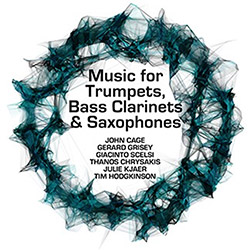


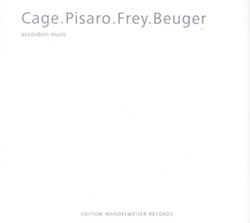

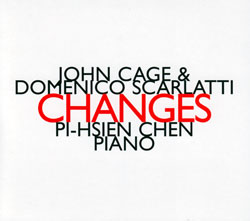


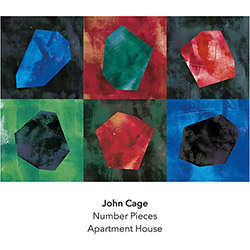
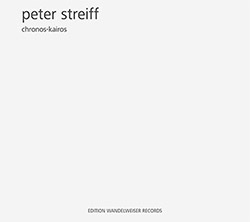

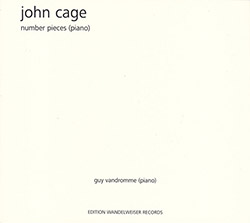
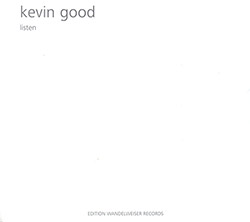
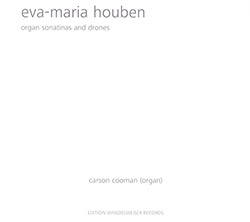

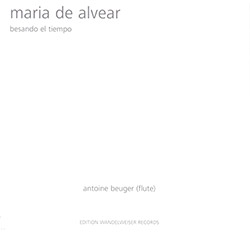
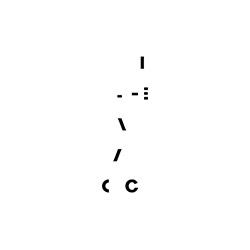

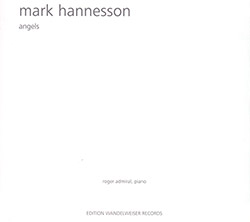
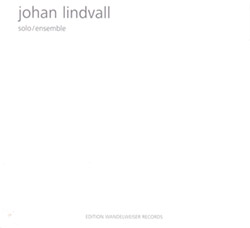




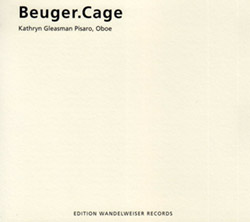
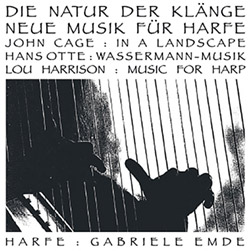



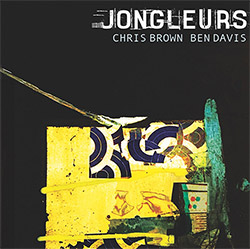
![BlueRing Improvisers: Materia [2 CDs]](https://www.teuthida.com/productImages/misc4/36513.jpg)




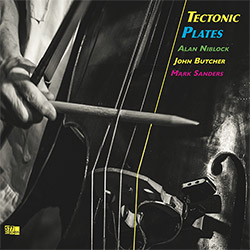


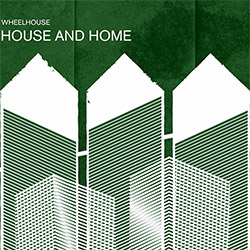
![Wheelhouse (Rempis / Adasiewicz / McBride): House And Home [VINYL]](https://www.teuthida.com/productImages/misc4/36462.jpg)
![+DOG+: The Light Of Our Lives [2 CDs]](https://www.teuthida.com/productImages/misc4/36009.jpg)


![Parker, Evan / Jean-Marc Foussat: Insolence [VINYL]](https://www.teuthida.com/productImages/misc4/36398.jpg)










![Deupree, Jerome / Sylvie Courvoisier / Lester St. Louis / Joe Morris: Canyon [2 CDs]](https://www.teuthida.com/productImages/misc4/36404.jpg)



![Eventless Plot | Haarvol: The Subliminal Paths [CASSETTE + DOWNLOAD]](https://www.teuthida.com/productImages/misc4/36232.jpg)










![Eventless Plot | Francesco Covarino: Methexis [CASSETTE + DOWNLOAD]](https://www.teuthida.com/productImages/misc4/36231.jpg)



![Das B (Mazen Kerbaj / Mike Majkowski / Magda Mayas / Tony Buck): Love [VINYL]](https://www.teuthida.com/productImages/misc4/36329.jpg)


![Eternities: Rides Again [CASSETTE]](https://www.teuthida.com/productImages/misc4/36247.jpg)
![Lopez, Francisco: Untitled (2021-2022) [2 CDs]](https://www.teuthida.com/productImages/misc4/36438.jpg)






![Money : Money 2 [2 CDs]](https://www.teuthida.com/productImages/misc4/35894.jpg)




![Klinga, Erik: Elusive Shimmer [VINYL]](https://www.teuthida.com/productImages/misc4/36258.jpg)
![CHANGES TO blind (Phil Zampino): Volume 9 - I Wave on a Fine Vile Mist [CD + DOWNLOAD]](https://www.teuthida.com/productImages/misc4/36061.jpg)

![Wallmart / Rubbish: Asset Protection [split CD]](https://www.teuthida.com/productImages/misc4/35900.jpg)


![+Dog+: The Family Music Book Vol. 5 [2 CDs]](https://www.teuthida.com/productImages/misc4/35897.jpg)
![Kuvveti, Deli : Kuslar Soyledi [CASSETTE w/ DOWNLOAD]](https://www.teuthida.com/productImages/misc4/36107.jpg)

![Brown, Dan / Dan Reynolds: Live At The Grange Hall [unauthorized][CASSETTE]](https://www.teuthida.com/productImages/misc4/36245.jpg)







![Palestine, Charlemagne / Seppe Gebruers: Beyondddddd The Notessssss [VINYL]](https://www.teuthida.com/productImages/misc4/36206.jpg)
![Palestine, Charlemagne / Seppe Gebruers: Beyondddddd The Notessssss [NEON GREEN VINYL]](https://www.teuthida.com/productImages/misc4/36207.jpg)

![Laubrock, Ingrid: Purposing The Air [2 CDs]](https://www.teuthida.com/productImages/misc4/35639.jpg)

![Yoko, Ono / The Great Learning Orchestra: Selected Recordings From Grapefruit [2 CDs]](https://www.teuthida.com/productImages/misc4/35841.jpg)









![Zorn, John / JACK Quartet: The Complete String Quartets [2 CDs]](https://www.teuthida.com/productImages/misc4/35609.jpg)

![Lonsdale, Eden: Dawnings [2 CDs]](https://www.teuthida.com/productImages/misc4/35480.jpg)



![Sorry For Laughing (G. Whitlow / M. Bates / Dave-Id / E. Ka-Spel): Rain Flowers [2 CDS]](https://www.teuthida.com/productImages/misc4/35985.jpg)

![Rolando, Tommaso / Andy Moor : Biscotti [CASSETTE w/ DOWNLOADS]](https://www.teuthida.com/productImages/misc4/36106.jpg)


![Electric Bird Noise / Derek Roddy: 8-10-22 [CD EP]](https://www.teuthida.com/productImages/misc4/35970.jpg)








![Elephant9 : Mythical River [VINYL]](https://www.teuthida.com/productImages/misc4/34624.jpg)



![Elephant9 with Terje Rypdal: Catching Fire [VINYL 2 LPs]](https://www.teuthida.com/productImages/misc4/35355.jpg)
![Deerlady (Obomsawin, Mali / Magdalena Abrego): Greatest Hits [VINYL]](https://www.teuthida.com/productImages/misc4/34876.jpg)







![Surplus 1980: Illusion of Consistency [CD]](https://www.teuthida.com/productImages/misc4/35069.jpg)
![Staiano, Moe: Away Towards the Light [VINYL + DOWNLOAD]](https://www.teuthida.com/productImages/misc4/35037.jpg)
![Coley, Byron: Dating Tips for Touring Bands [VINYL]](https://www.teuthida.com/productImages/misc4/17906.jpg)

![Lost Kisses: My Life is Sad & Funny [DVD]](https://www.teuthida.com/productImages/misc4/lostKissesDVD.jpg)